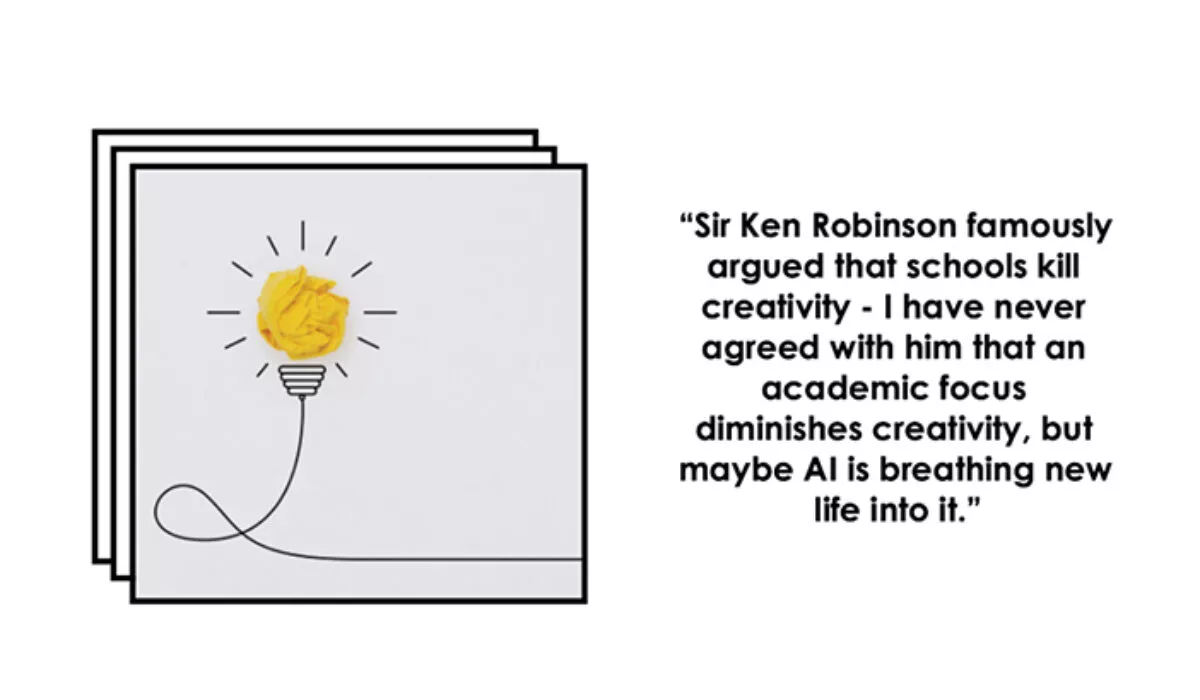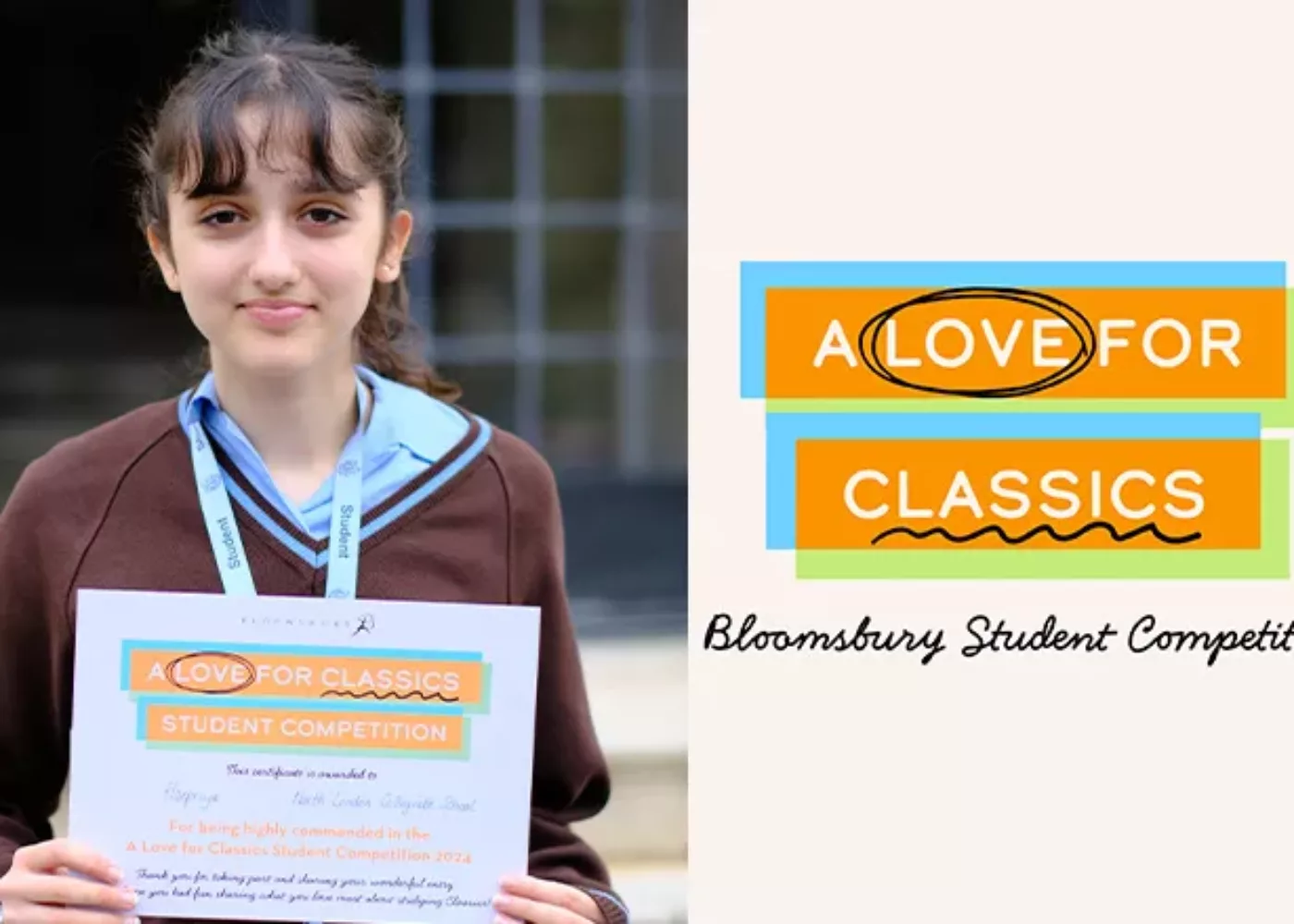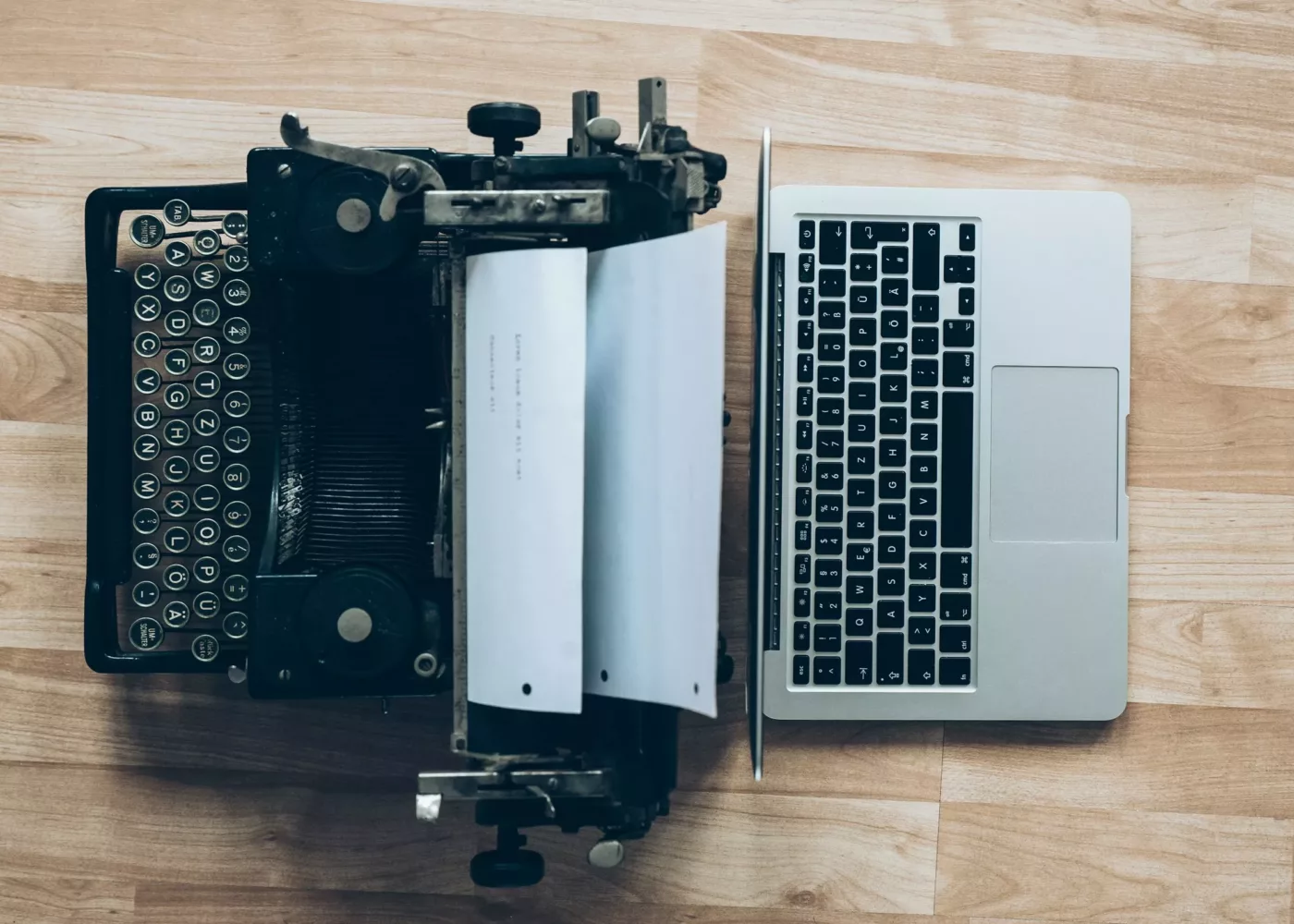Thinking
There has been a lot of doom-laden talk in the media about how AI poses all manner of threats to the world, not least the sidelining of humankind as we know it. My experience of AI in the classroom is that when used correctly it is actually a tool to promote and enhance creativity, that most human of qualities.
Here are a few ways in which AI can help with creativity in the classroom:
Asking questions – in order to interact with Chat software you need to generate questions. In a recent Y12 History lesson we were studying the 1950s and a starter activity involved the students thinking of questions they would like to ask of someone from the time. We then fed these into ChatGPT. Discussing the questions in class before entering them onto the main screen gave vital time for discussion and helping to refine students’ questioning skills.
Imaginative role play – of course in order to ask questions of a character from the 1950s, we had to instruct ChatGPT to engage in a role play and answer our questions – this is one of the best and most distinctive uses of ChatGPT. As well as setting up role plays with historical figures, I have also found this an engaging and worthwhile activity when studying the views of academics. ChatGPT seems to be able to pick up on strong perspectives and therefore worked well in a Global Politics lesson where the class and I prompted it to answer in the character of the realist theorist John Mearsheimer. I should add this activity came after having studied his views – it was an engaging way to consolidate knowledge, not least through discussing in class and then asking ChatGPT what the academic might think about certain issues.
Designing posters and newsletters – there are a number of AI tools in existence, Canva chief amongst them, that allow students to create highly engaging posters, newsletters etc. My Y9 classes recently used Canva to create informative posters on sites they had visited during our trip to the battlefields and the results were not only better presented but conveyed more knowledge than a more traditional plain-text article task.
Researching – I spent 5 years as a postgrad at Oxford and a key element of research involved coming up with good overarching questions, refining those questions, and coming up with sub- questions. AI research tools encourage students to develop their questioning skills. One of the tools I have found useful in my classes is Perplexity AI. Students have used it to research a topic and the beauty of AI is that the information they discover is in many respects only as good as their questions. By researching in class with support from the teacher students develop this fundamentally creative skill. Moreover, powerful AI research tools such as Perplexity give students access to more precise knowledge more quickly than ever before and this too feeds into creativity: the Y9 classes who created the great Canva posters had used Perplexity to find their key information.
I should end by saying that on top of all these benefits for student creativity, AI also allows us as teachers to model creativity. I have enjoyed experimenting with AI in classes in recent weeks and explicitly talking to students about why I have decided to use a certain programme, how I went about learning to use it, and the challenges I am still facing in understanding pitfalls and opportunities. Sir Ken Robinson famously argued that schools kill creativity – I have never agreed with him that an academic focus diminishes creativity, but maybe AI is breathing new life into it.


